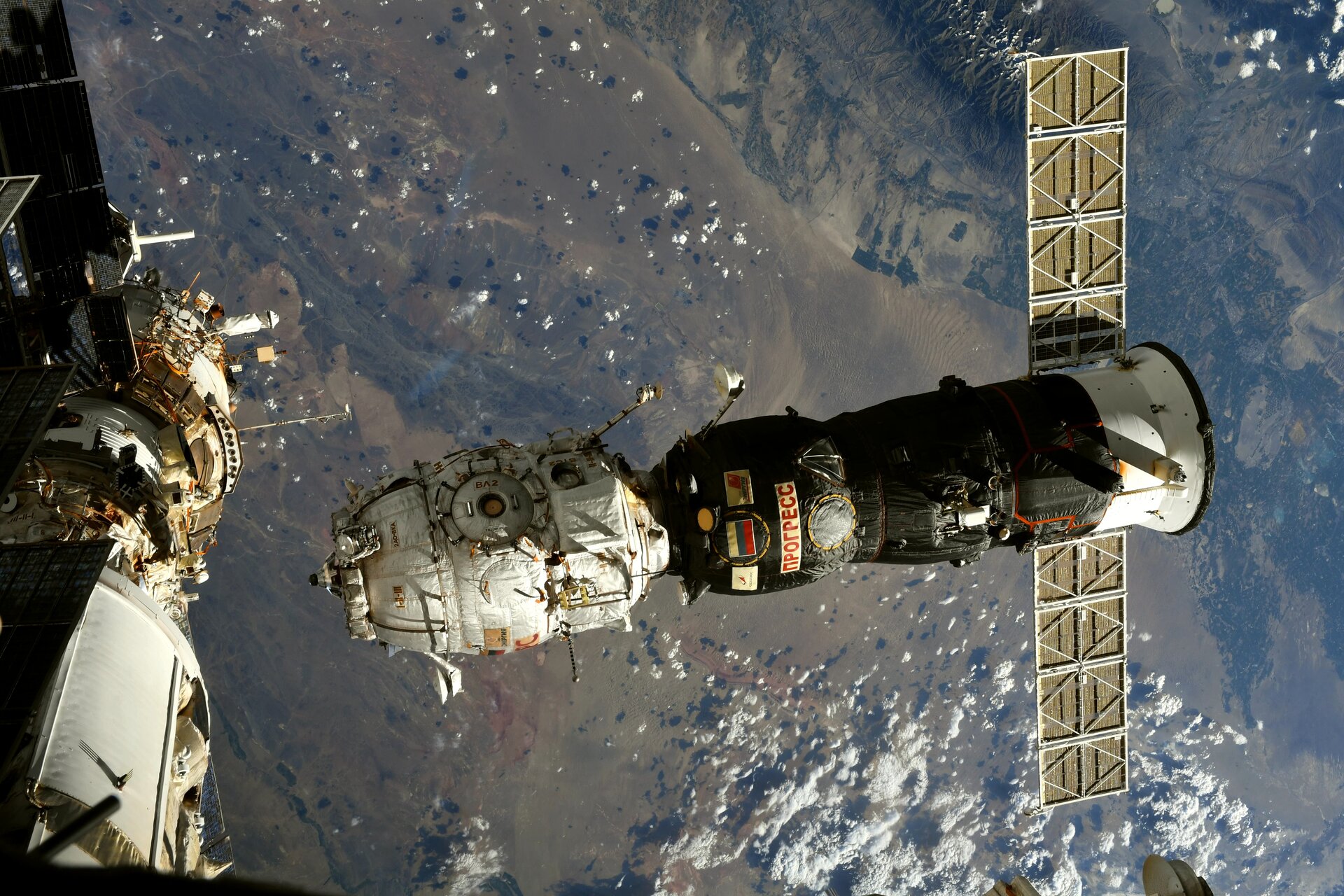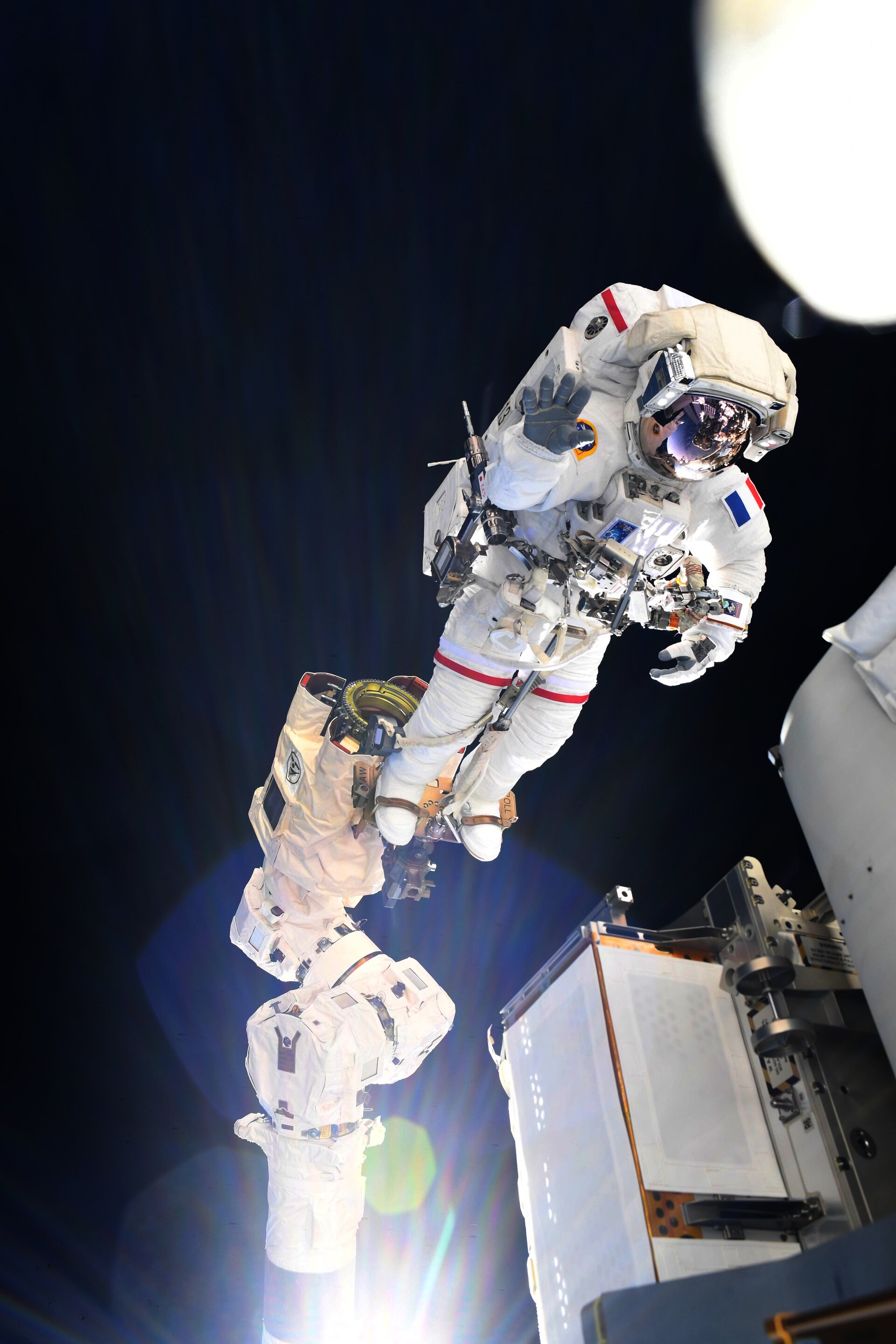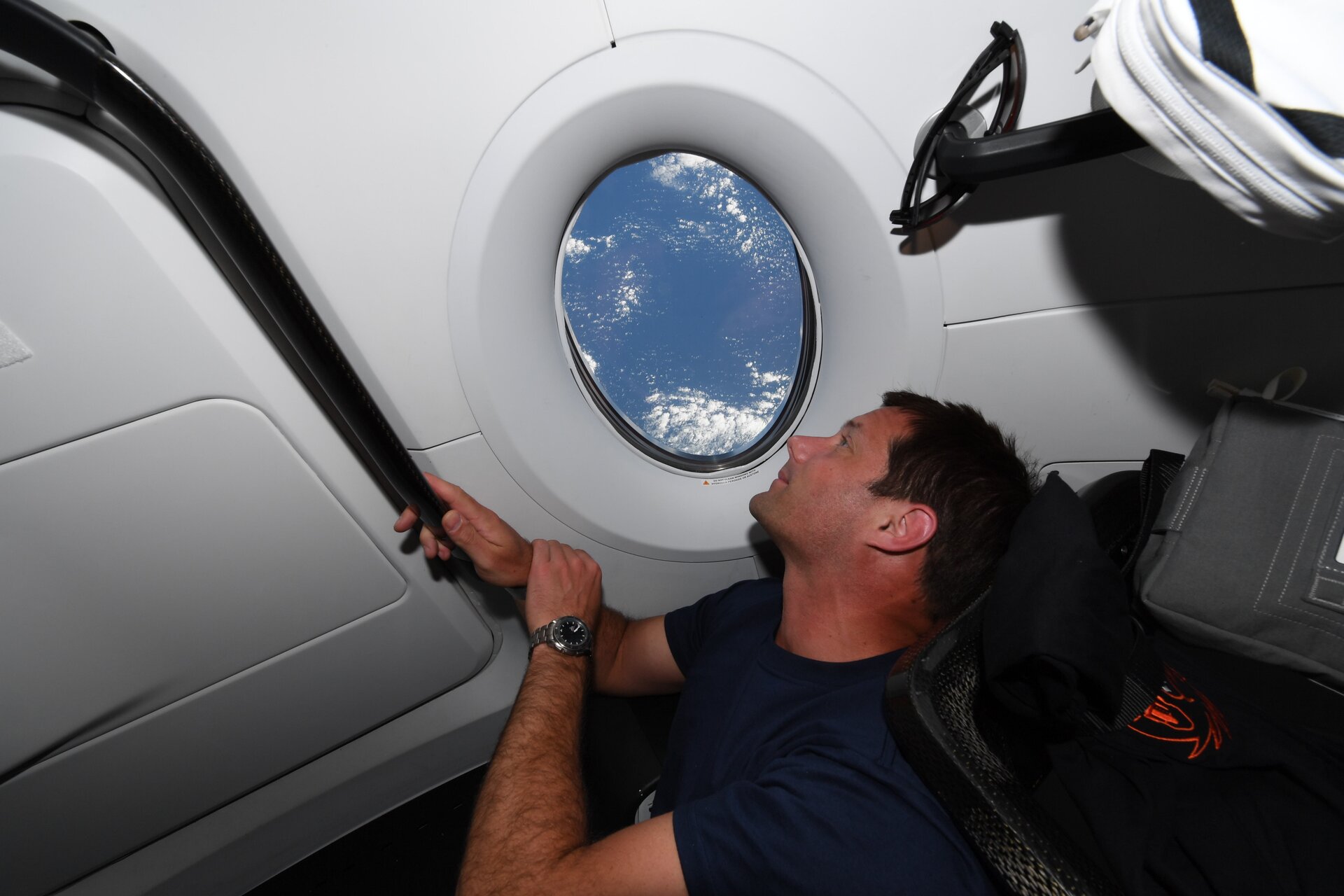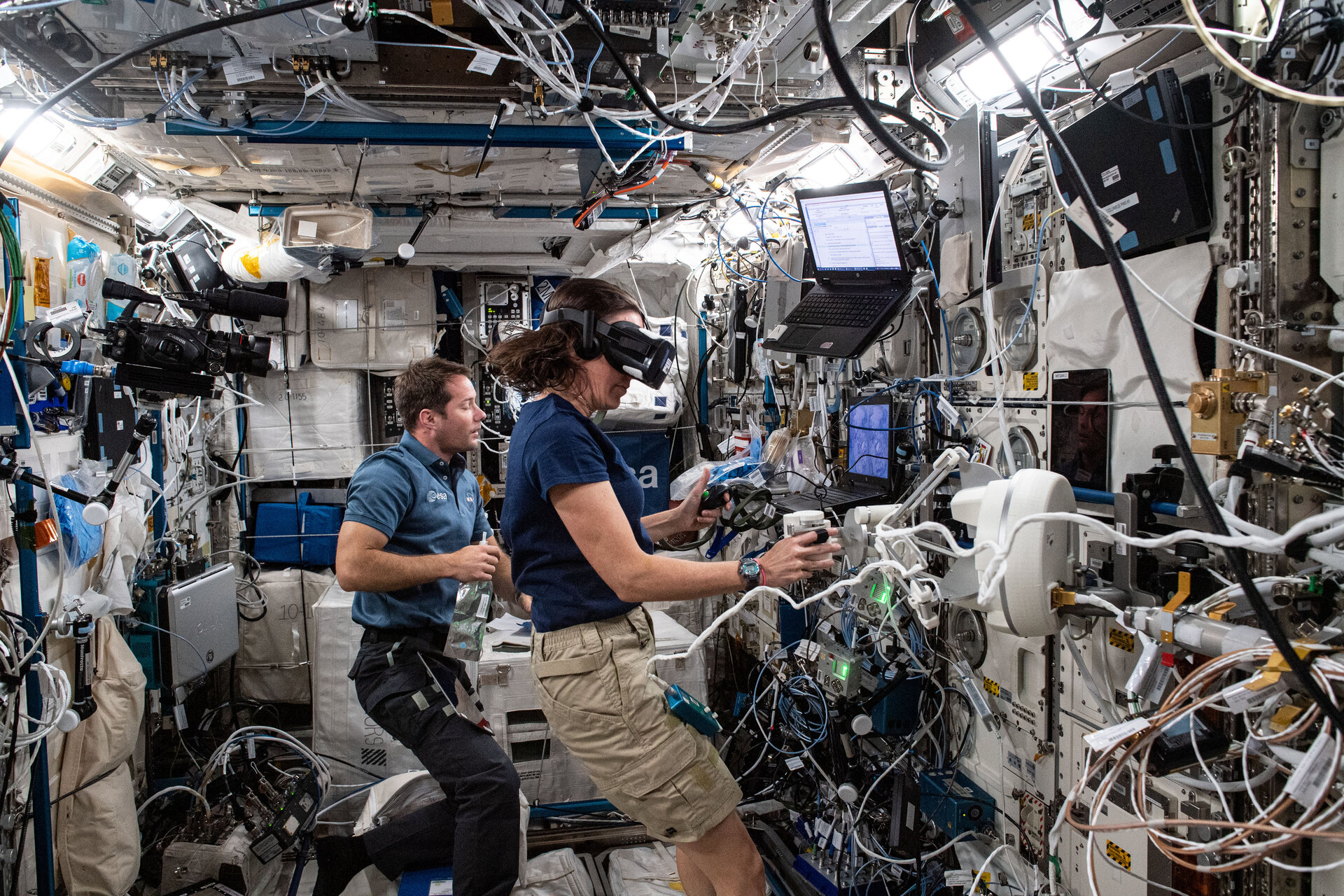2.08.2021
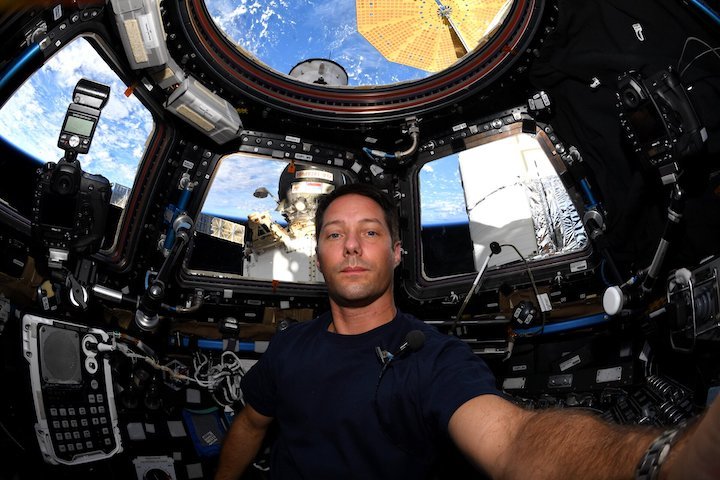
“I am finding it magical every day, but there is also a lot of routine,” says ESA astronaut Thomas Pesquet reflecting on his first 100 days aboard the International Space Station during his second mission. In total, Thomas has logged 296 days in space.
The magic and the routine
The magic has had different forms: his first ride on a SpaceX Dragon capsule, more than 20 hours in outer space over three spacewalks, the ever-changing sight of Earth and the camaraderie with his crewmates – including the very first Olympic Games in space.
Just over three months into his Alpha mission, Thomas has seen seven spacecraft come and go, the 20-year old Pirs module leaving for good and the arrival of Nauka with a very special passenger, the European Robotic Arm.
Routine comes down to science – repetition is part of any research, and space is no exception. More than halfway through the mission, Thomas has supported numerous European and international experiments in microgravity.
Since Thomas is quite busy, we asked the scientists supporting the mission on the ground to help us pick up a few experiments from the over 200 investigations that are on his schedule, with 40 European ones. This is what they chose.
Grip and Grasp
Thomas’ first large-scale European experiment in space was a familiar one: he set up the Grip and Grasp equipment back in 2017. Four years on he is running the experiments himself by wearing a virtual reality headset and grasping objects while motion trackers record his arm movement and speed.
Grip and Grasp are two neuroscience experiments looking into how our brain takes microgravity into account when grabbing or manipulating an object. The studies help identify the workings of the vestibular system that keeps our balance.

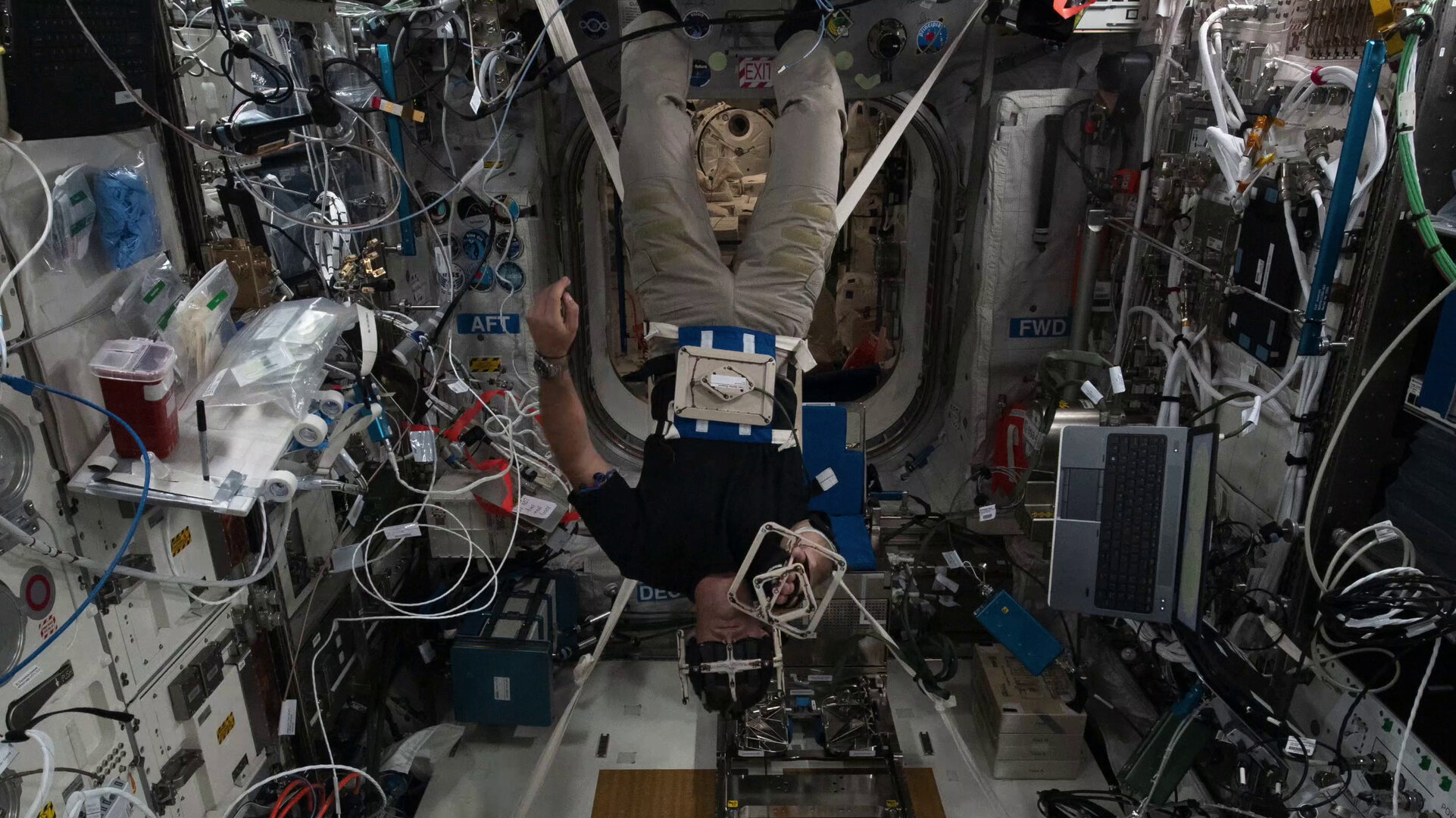
Access the video
Muscle tone with Myotones
Astronauts experience muscle weakening in space. The Myotones experiment monitors the muscle tone, stiffness and elasticity of the astronauts’ muscles with a non-invasive, portable device on the Space Station.
Thomas completed the first two science sessions together with NASA astronaut Megan MacArthur. A total of 12 astronauts will be taking part in it to identify the best countermeasures and improving the lives of many people affected by strained muscles.
Stable space bubbles with Foam Coarsening

Observing foams on Earth is tricky because the mixture of gas and liquid quickly starts to change. Gravity pulls the liquid between the bubbles downwards and the foam starts to collapse back to a liquid state.
But in space foams are more stable because the liquid does not drain in weightlessness. The Foam-Coarsening experiment studies foams in depth for better applications on Earth, such as improving food production, light-weight structures for aircraft or radiology equipment in hospitals.
Ultrasonic Tweezers and Pilote
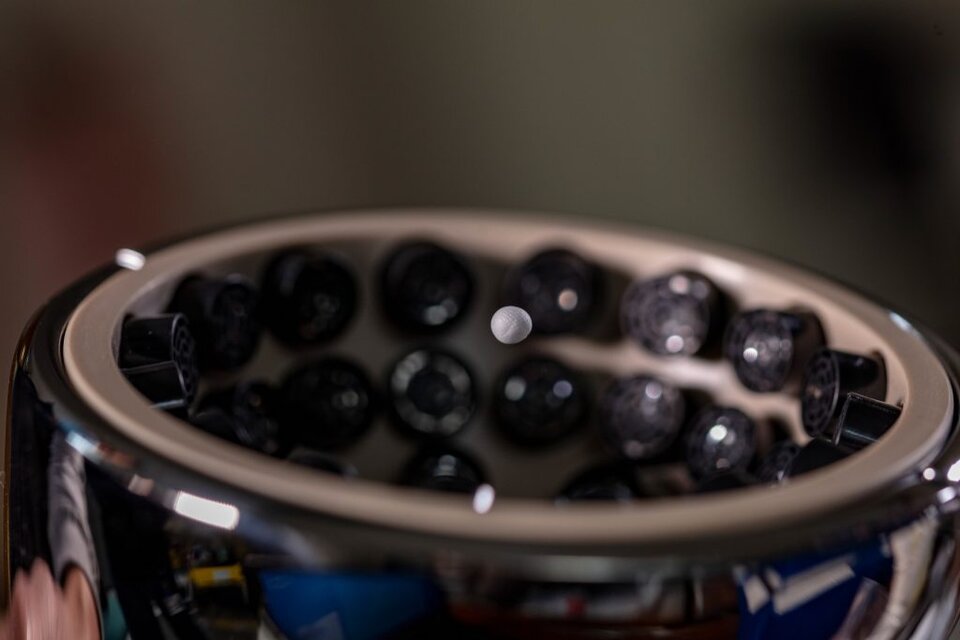
Thomas conducted an experiment last week looking at manipulating objects using acoustics. The Ultrasonic Tweezers experiment aims to test the principle of moving objects without any physical interaction.
Acoustic tweezers could be used to remove kidney stones or deliver targeted medicine.
Thomas and Megan are running sessions of the Pilote experiment in the European Columbus laboratory proposed by France’s space agency CNES. They have to virtually guide a drone through an obstacle course and grapple a spacecraft with a robotic arm.
The results from Pilote will help improve the astronauts’ robotic skills not only on the Space Station, but also for operating rovers on the surface of the Moon and Mars.

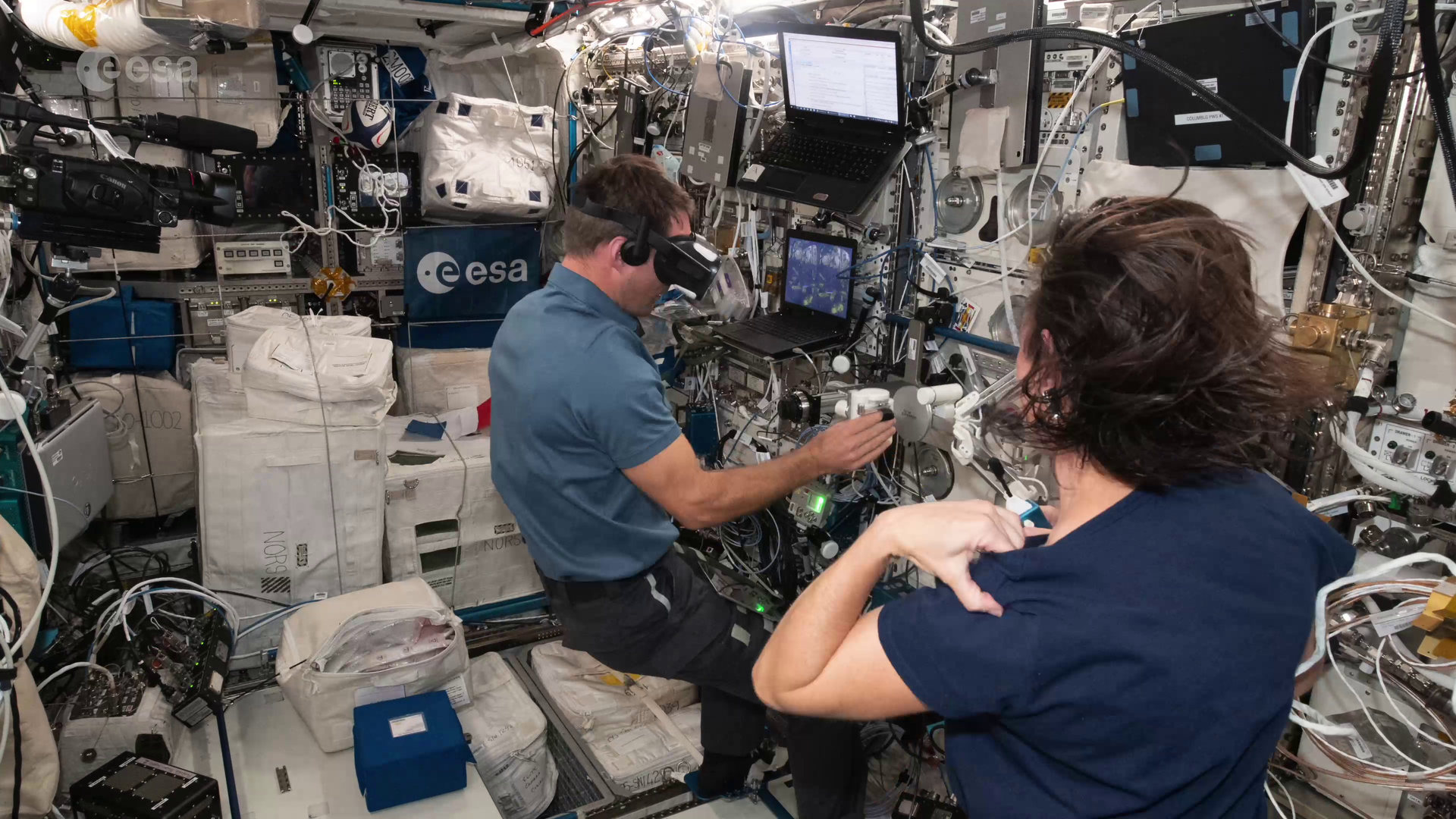
Access the video
100 days of ground support

Most of these experiments are closely followed from the ground by the User Support and Operations Centres across Europe. Teams behind the scenes assist the astronauts in real-time in case of anomalies and monitor the progress of the experiments.
Together, they work for Thomas’ mission success.
Quelle: ESA

